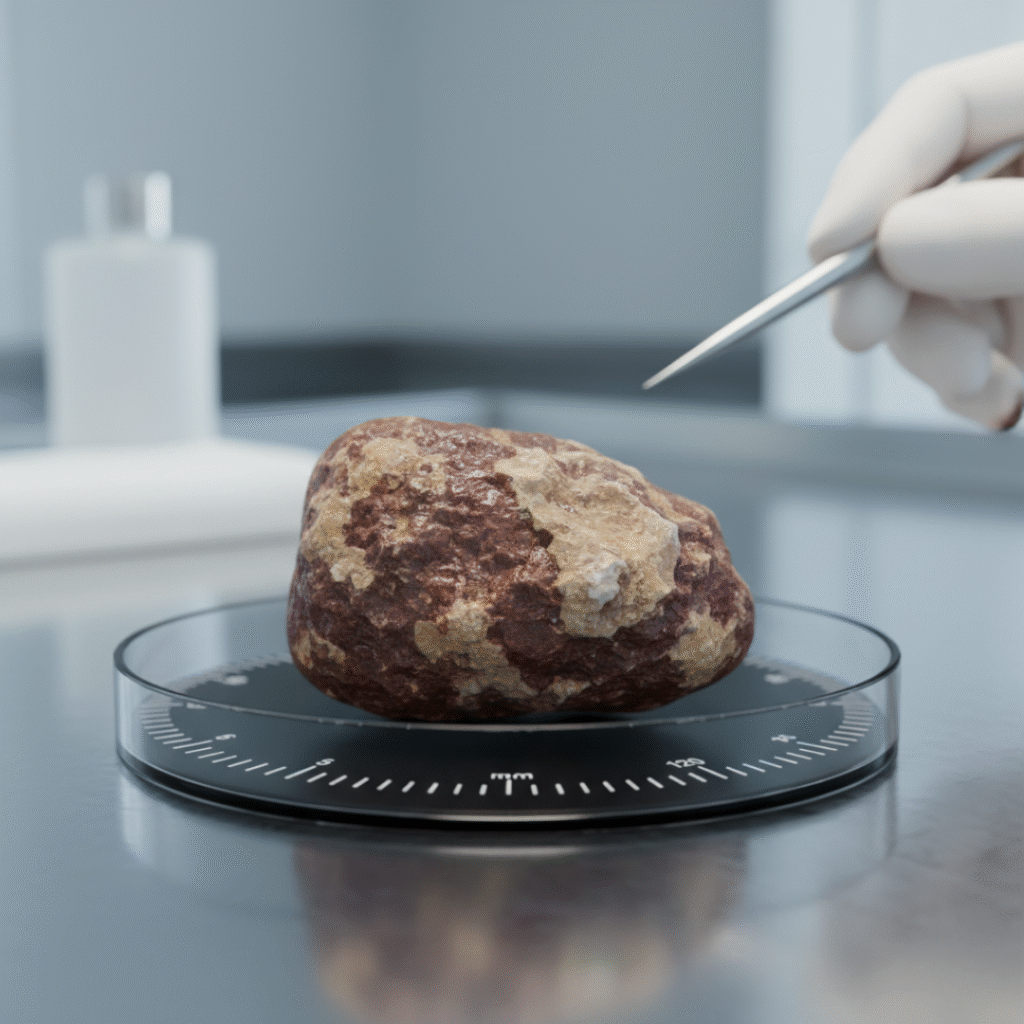That Agonizing Pain: A Guide to Understanding and Beating Kidney Stones

If you’ve ever had a kidney stone, you know the pain is unforgettable. It can come out of nowhere—a sharp, intense ache in your back or side that can bring you to your knees. If you’re going through this, you’re not alone. Kidney stones are incredibly common, but the good news is that they are treatable.
This guide is here to walk you through what kidney stones are, what to look out for, and how you can find relief.
What Exactly Are Kidney Stones?
Think of them as tiny, hard crystals that form inside your kidneys when your urine has a high concentration of certain minerals. These stones can be as small as a grain of sand or, in rare cases, as large as a golf ball. The real trouble starts when they decide to move.
Recognizing the Telltale Signs
A kidney stone can go unnoticed until it starts traveling through your urinary tract. When that happens, the symptoms are hard to ignore:
- Intense, Wavelike Pain: This is the hallmark symptom—a severe, cramping pain in your back, side, or lower abdomen that can spread to your groin.
- Changes in Your Urine: You might see blood (pink, red, or brown urine), notice it’s cloudy, or detect an unusual odor.
- Painful Urination: A burning sensation when you go to the bathroom is common.
- Constant Urge to Go: You may feel like you need to urinate more frequently than usual.
- Nausea and Vomiting: The intense pain can often make you feel sick to your stomach.
If any of these symptoms sound familiar, it’s time to see a doctor.
How Doctors Diagnose the Problem
Getting a proper diagnosis is the first step toward relief. Your doctor will likely:
- Listen to Your Story: They’ll ask about your symptoms, your medical history, and whether kidney stones run in your family.
- Run a Urine Test: This simple test can detect blood, crystals, and signs of infection.
- Use Imaging Tests: To get a clear picture of what’s going on inside, your doctor may order an X-ray, Ultrasound, or a CT scan. These tests help pinpoint the stone’s size and exact location.
Your Path to Relief: Treatment Options
Treatment isn’t one-size-fits-all. It depends on the size of the stone and the severity of your symptoms.
- For Smaller Stones: Often, the simplest approach is the best. Your doctor will likely recommend drinking plenty of water to help flush the stone out naturally, along with pain relievers to manage discomfort.
- For Larger Stones: When a stone is too large to pass on its own, your doctor has several advanced options:
- Shock Wave Lithotripsy (ESWL): This non-invasive procedure uses sound waves to break the stone into tiny, passable pieces from outside your body.
- Ureteroscopy: A urologist inserts a very thin scope into the ureter to locate the stone and either pull it out or break it apart with a laser.
- Percutaneous Nephrolithotomy (PCNL): For very large stones, this minimally invasive surgery involves removing the stone through a small incision in your back.
Preventing Future Stones: A Proactive Approach
Once you’ve had one kidney stone, you’ll want to do everything you can to avoid another. Here are some proven strategies:
- Make Water Your Best Friend: Staying hydrated is the single most important thing you can do. Aim for at least 2.5 liters of urine a day.
- Adjust Your Diet:
- Watch the Salt: High-sodium diets can encourage stone formation.
- Limit Animal Protein: Reducing intake of meat and fish can lower uric acid levels.
- Be Smart About Oxalates: Foods like spinach, nuts, and chocolate are high in oxalates. You don’t have to avoid them completely, but moderation is key.
- Talk to Your Doctor: For those with recurring stones, your doctor might prescribe medication to help prevent them from forming.
Don’t Suffer in Silence
Kidney stones can be a painful and disruptive experience, but effective treatments and prevention strategies are available. If you think you might have a kidney stone, don’t wait for the pain to get worse. Reach out to a healthcare provider and start your journey back to a pain-free life.
